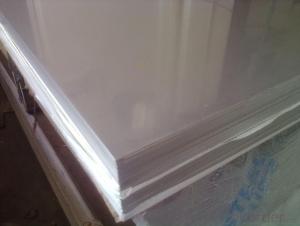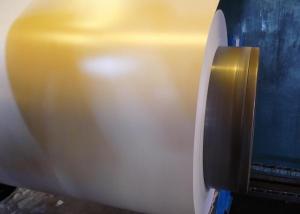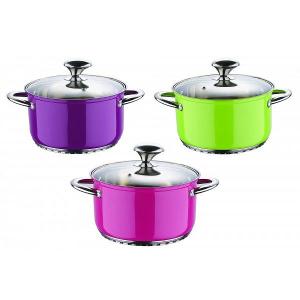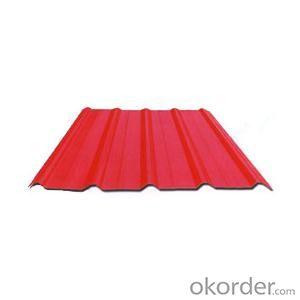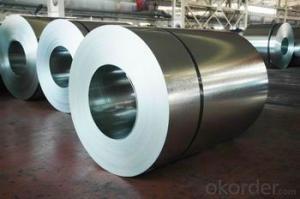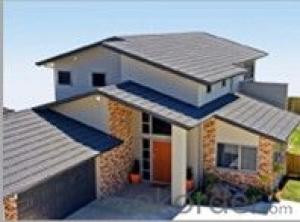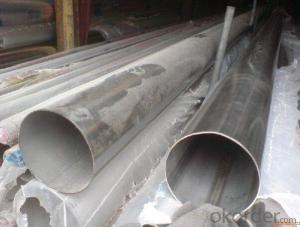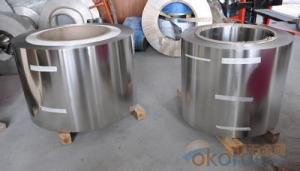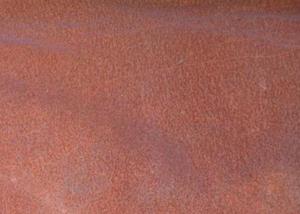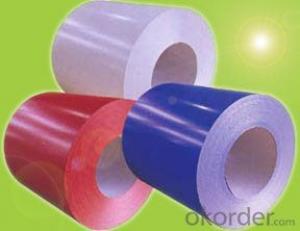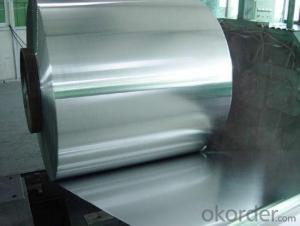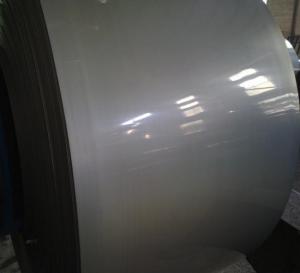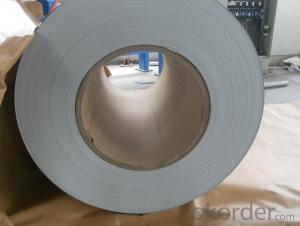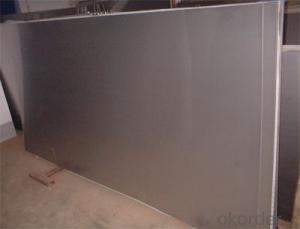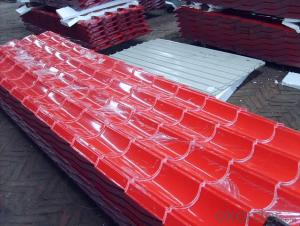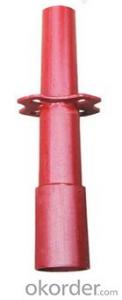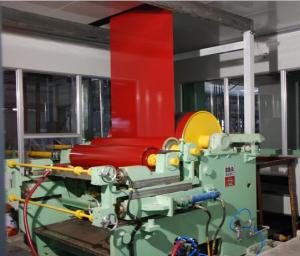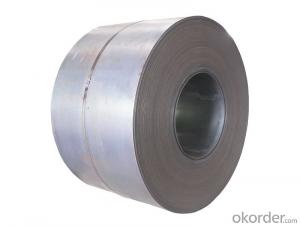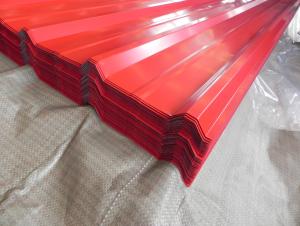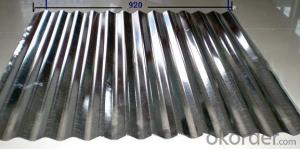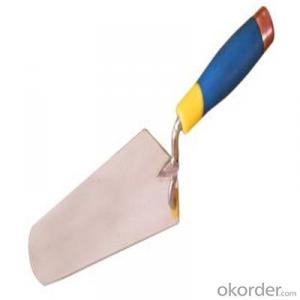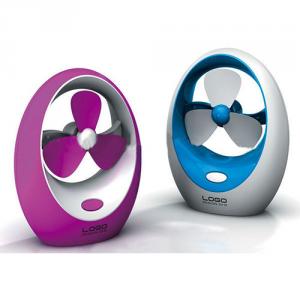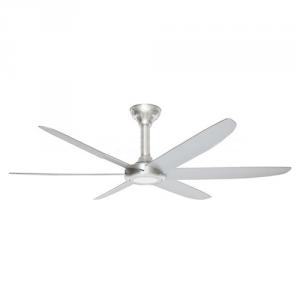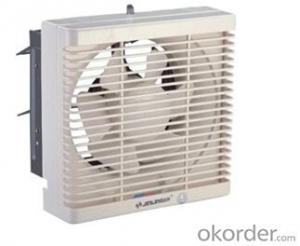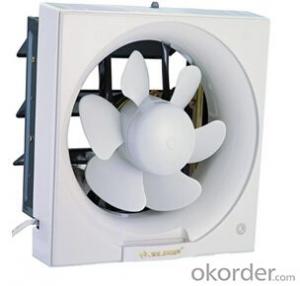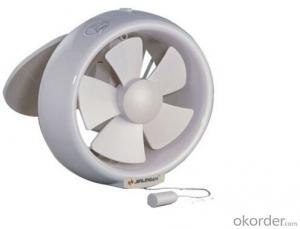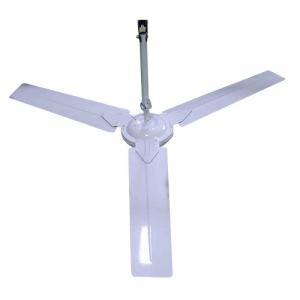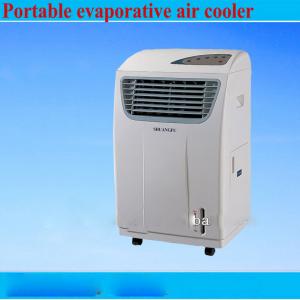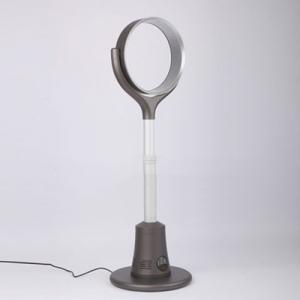Painted Stainless Steel
Painted Stainless Steel Related Searches
Paint Stainless Steel Stainless Steel Paint Painted Galvanized Steel Painting Stainless Steel Colored Stainless Steel Painting Of Stainless Steel Patinated Stainless Steel Stainless Steel Spray Paint Painting On Stainless Steel Paint For Stainless Steel Spray Paint Stainless Steel Black Stainless Steel Paint Stainless Steel Color Paint Liquid Stainless Steel Paint Tarnished Stainless Steel Brushed Stainless Steel Quilted Stainless Steel Stainless Steel Appliance Paint Stainless Steel Art Spray Paint For Stainless Steel Discolored Stainless Steel Anodized Stainless Steel Stainless Steel Coating Color Stainless Steel Galvanized Steel Paint Welded Stainless Steel Paint Galvanized Steel Scratched Stainless Steel Painting Stainless Steel Black Stainless Steel Wall ArtPainted Stainless Steel Supplier & Manufacturer from China
Painted Stainless Steel is a versatile product that encompasses a range of stainless steel materials which have been coated with a layer of paint to enhance their aesthetic appeal and provide additional protection against corrosion. This type of stainless steel is available in various colors and finishes, making it suitable for a wide array of applications.Painted Stainless Steel is widely used in both commercial and residential settings, including architectural facades, interior design elements, furniture, and various industrial applications. Its durability and resistance to weathering make it an ideal choice for outdoor installations, while its modern and sleek appearance lends itself well to contemporary design schemes. The paint coating not only adds a pop of color but also helps to protect the stainless steel from scratches, dents, and other forms of wear and tear.
Okorder.com is a leading wholesale supplier of Painted Stainless Steel, boasting a large inventory that caters to the diverse needs of clients across various industries. With a commitment to quality and customer satisfaction, Okorder.com ensures that the Painted Stainless Steel products they offer meet the highest standards of performance and aesthetics.
Hot Products
